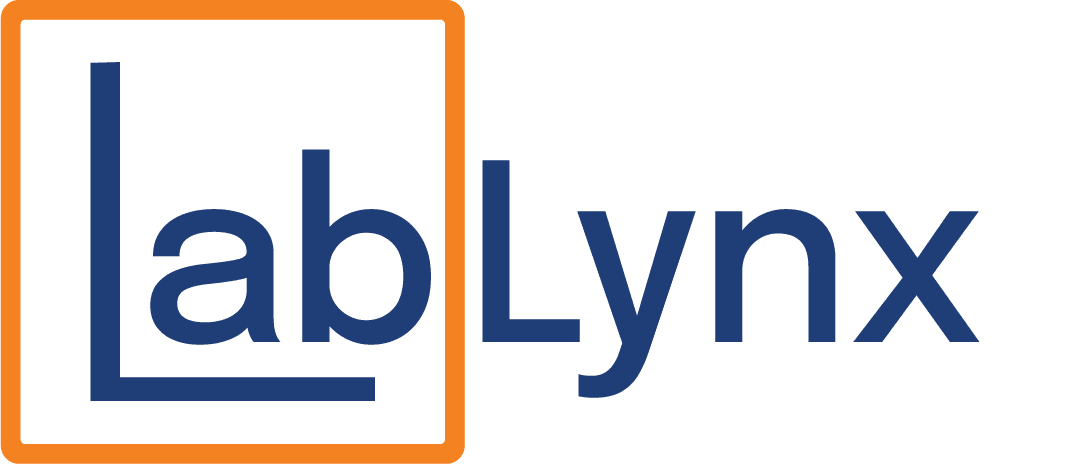Empowering Laboratories with Virtualization: The Role of LabLynx LIMS in Modern Lab Management
In the rapidly evolving landscape of laboratory technology, virtualization has emerged as a key player in transforming lab operations, offering flexibility, scalability, and improved data management. At the heart of this transformation is the integration of virtualization technologies with Laboratory Information Management Systems (LIMS), a move that has significantly enhanced the efficiency and adaptability of laboratories across various industries. LabLynx, a leader in LIMS solutions, stands at the forefront of this integration, offering advanced virtualized LIMS solutions that cater to the dynamic needs of modern laboratories. This article explores the pivotal role of virtualization in LIMS and how LabLynx is leveraging this technology to revolutionize laboratory management.
Understanding the Impact of Virtualization on LIMS
Virtualization technology allows for the creation of virtual instances of hardware, software, storage, and networks, enabling laboratories to run multiple systems and applications on a single physical machine. This not only optimizes resource utilization but also enhances operational flexibility. When integrated with LIMS, virtualization brings about a host of benefits, from reducing IT infrastructure costs to facilitating remote access and ensuring data security. LabLynx LIMS takes full advantage of virtualization, providing a robust, scalable, and secure platform for managing laboratory operations and data.
Key Benefits of LabLynx LIMS in a Virtualized Environment
LabLynx LIMS, when deployed in a virtualized environment, offers several advantages that significantly improve laboratory operations:
- Increased Operational Efficiency: Virtualization allows LabLynx LIMS to be deployed quickly and scaled easily according to laboratory needs, ensuring optimal resource utilization and reducing downtime.
- Enhanced Data Security and Recovery: Virtualized environments offer advanced data protection features, including automated backups and disaster recovery solutions. LabLynx LIMS benefits from these features, providing laboratories with secure data management and minimizing the risk of data loss.
- Remote Access and Collaboration: With LabLynx LIMS in a virtualized environment, laboratory staff can access the system remotely, enabling seamless collaboration and data sharing among team members, regardless of their physical location. This is particularly beneficial in facilitating remote work and ensuring continuity of operations.
- Cost Savings: By minimizing the need for physical hardware and reducing energy consumption, virtualization helps laboratories save on IT infrastructure costs. LabLynx LIMS further contributes to cost efficiency by streamlining laboratory workflows and reducing manual data management tasks.
- Compliance and Scalability: LabLynx LIMS in a virtualized environment supports compliance with regulatory standards by providing secure, traceable data management solutions. Additionally, the system can be easily scaled to accommodate growing data volumes and evolving laboratory requirements, ensuring long-term sustainability.
LabLynx: A Pioneer in Virtualized LIMS Solutions
LabLynx has established itself as a pioneer in integrating virtualization with LIMS solutions, recognizing the immense potential of this technology in enhancing laboratory operations. By offering virtualized LIMS solutions, LabLynx provides laboratories with a flexible, scalable, and secure platform for managing their workflows, data, and resources more effectively.
The integration of virtualization technology with LabLynx LIMS represents a significant advancement in laboratory management, offering enhanced efficiency, security, and adaptability. As laboratories continue to navigate the challenges of modern research and testing demands, the role of virtualized LIMS solutions becomes increasingly vital. With LabLynx leading the way in virtualized LIMS innovation, laboratories are well-equipped to meet the demands of the future, leveraging the full potential of virtualization to drive operational excellence and scientific discovery.


